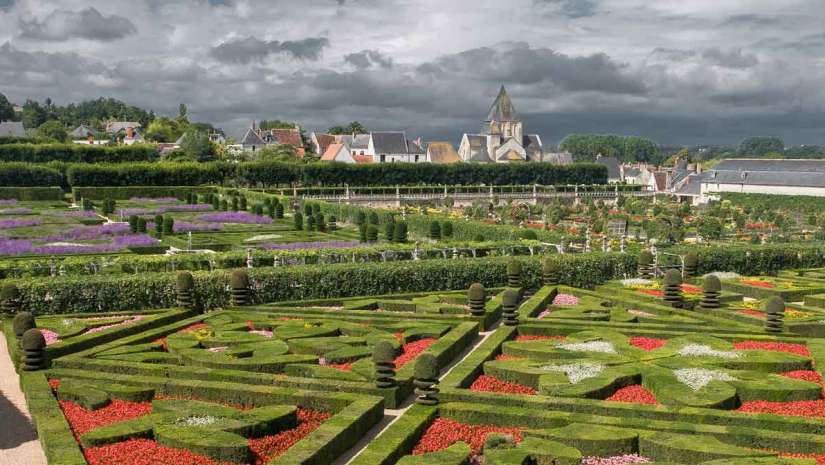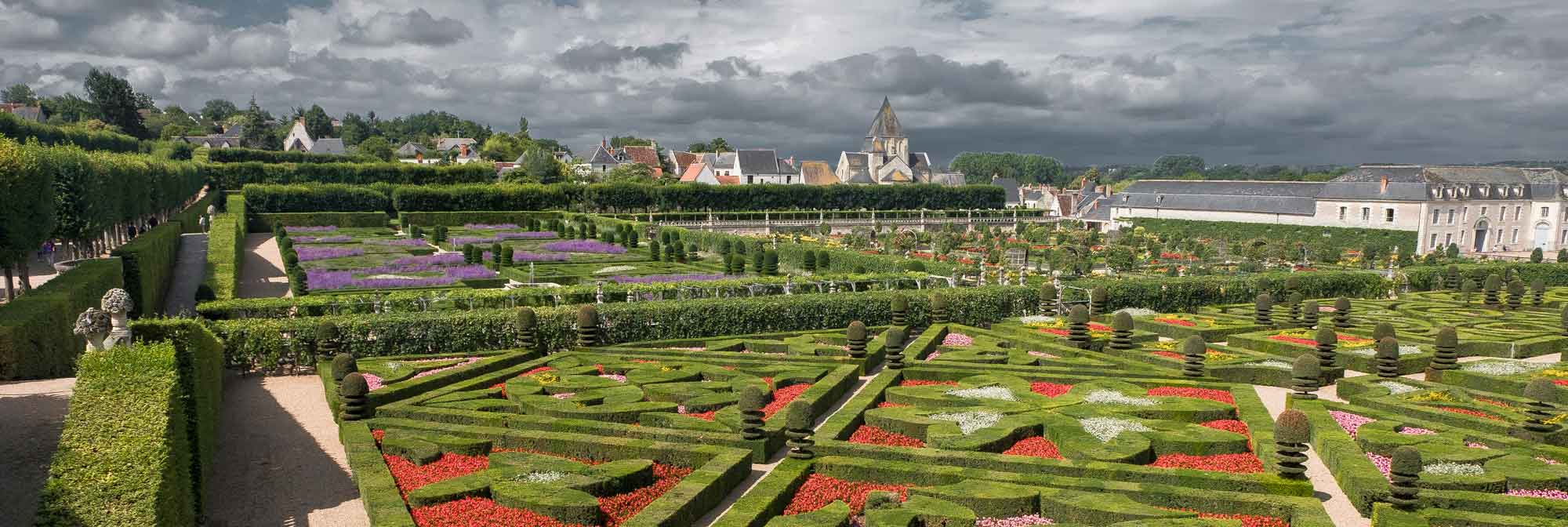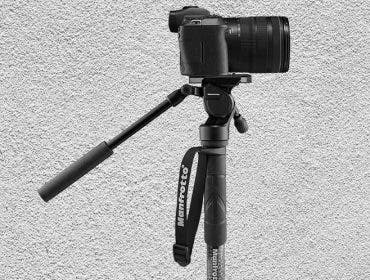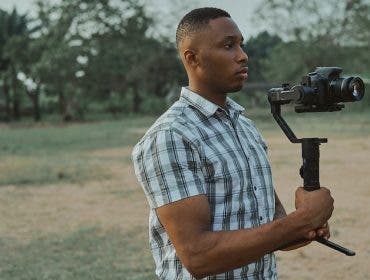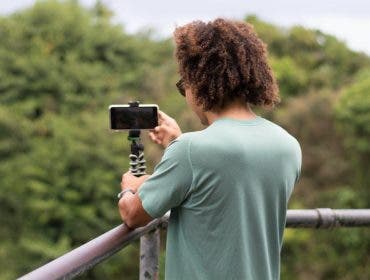When I first started taking photographs, I thought a tripod was something that I could do without. It would be too cumbersome to carry, unnecessary in most situations, and another expensive gadget to purchase. However, that changed once I began to take my photography seriously. As my standards rose, I realized that a tripod is close to indispensable for getting the high-quality images I wanted to create.
Why Photographers Need a Tripod
What difference can a tripod make in your photography? Here are just a few of the ways:
It slows you down
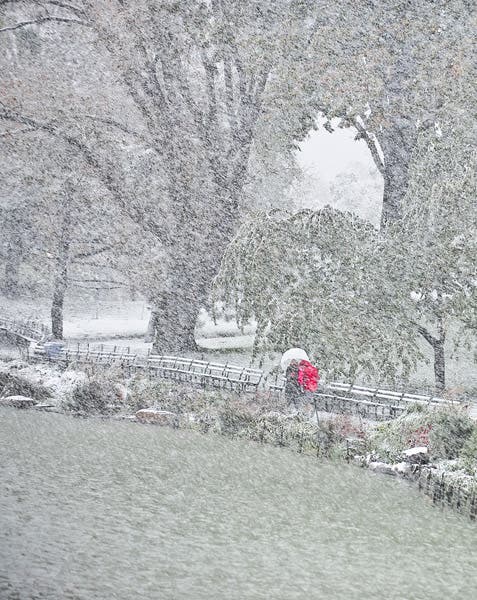 |
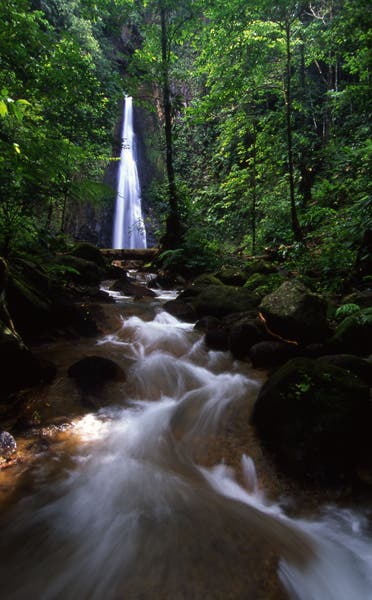 |
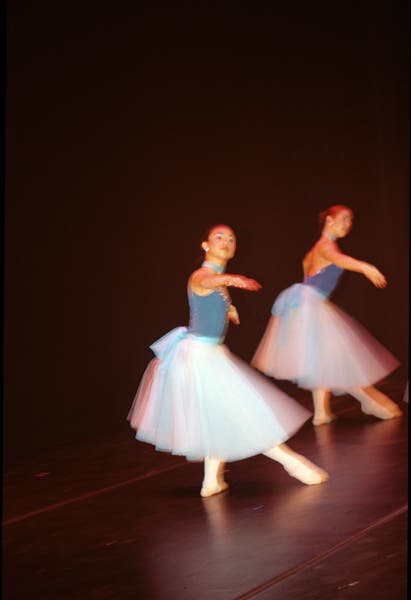 |
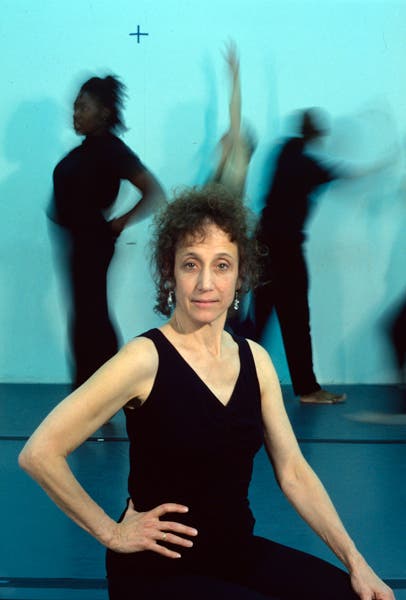 |
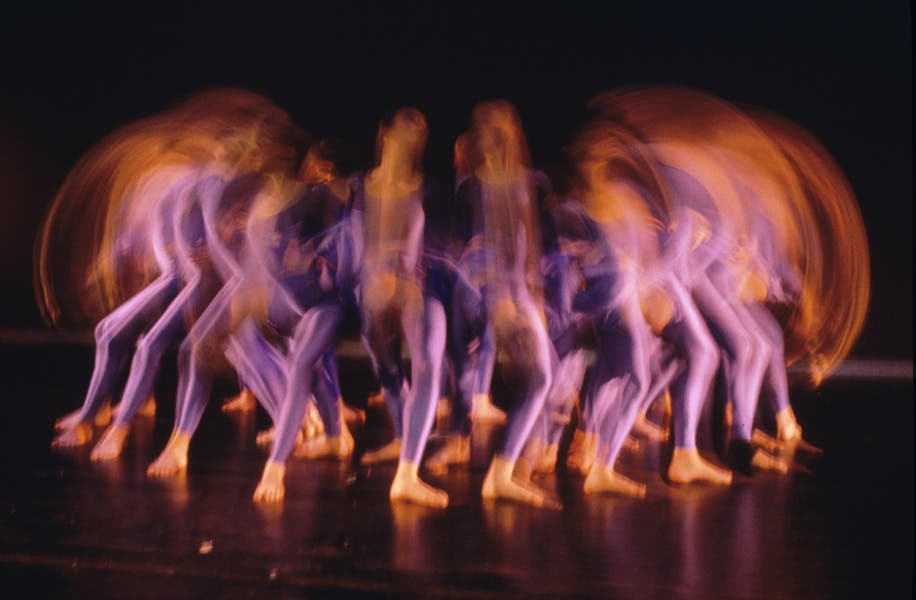
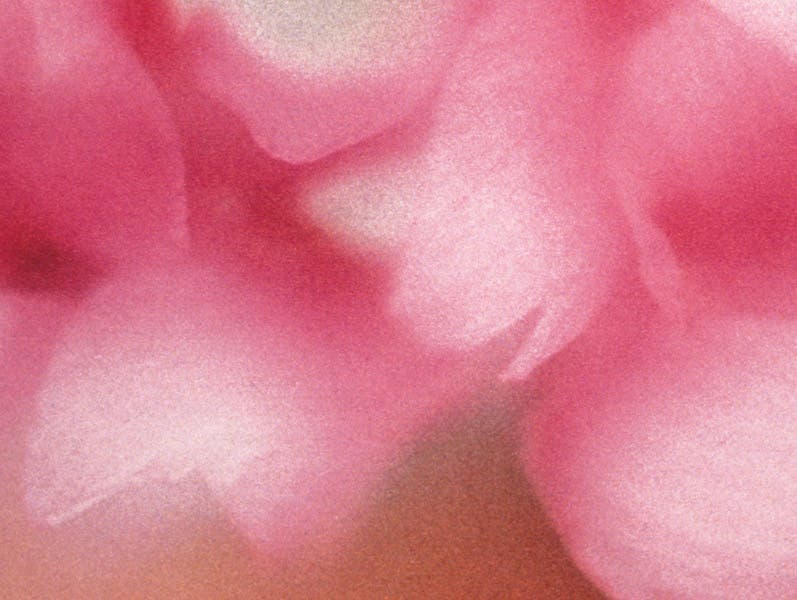
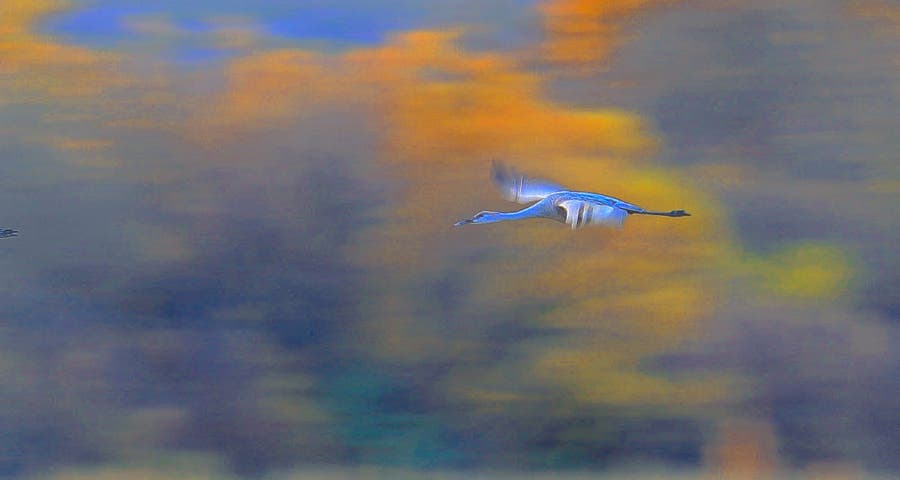
We’ve gotten used to snapping away at top speed and looking at what we’ve shot later in the day—when it’s too late to go back and do things over. By making us think about what we plan to shoot, planning our shots carefully and getting everything set as it should be, we are more likely to capture something special. Also, getting your camera level and keeping it level is much easier with a tripod. At the very least, you’re more likely to get horizons that are truly horizontal.
Helps get super sharp images
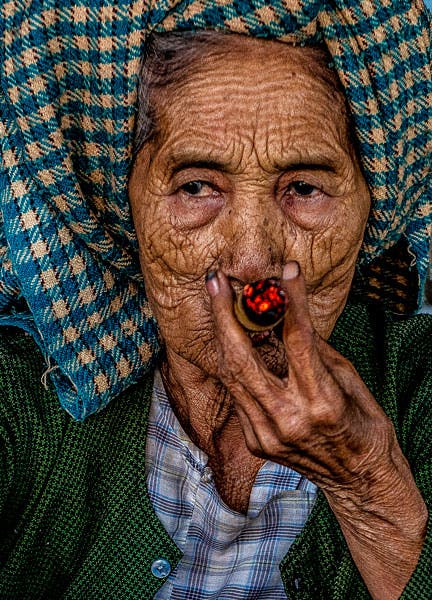
Because a tripod keeps your camera absolutely still, you won’t have to worry about any movement that will cause camera shake. That’s especially important with lenses that may amplify camera shake, such as telephoto lenses and macro lenses when used with very short distances to shoot flowers. No matter how fast your shutter speed is going to be, a good tripod can do better.
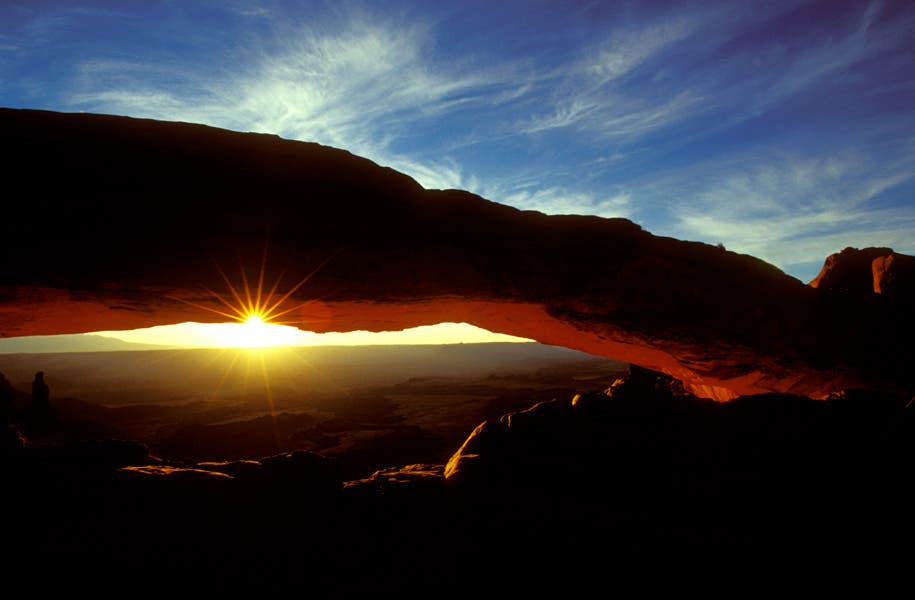
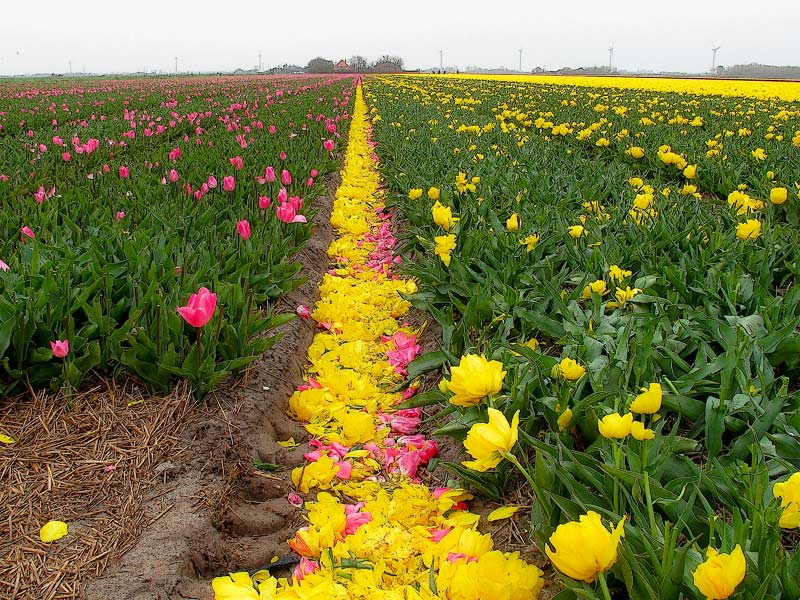
Also, you can optimize your depth of field for greater sharpness because you can afford to use a slower shutter speed or a lower ISO. Or, if you like, go creative and experiment with blurring motion. With higher quality, sharper images, you’ll also see noticeably better results if you make large prints.
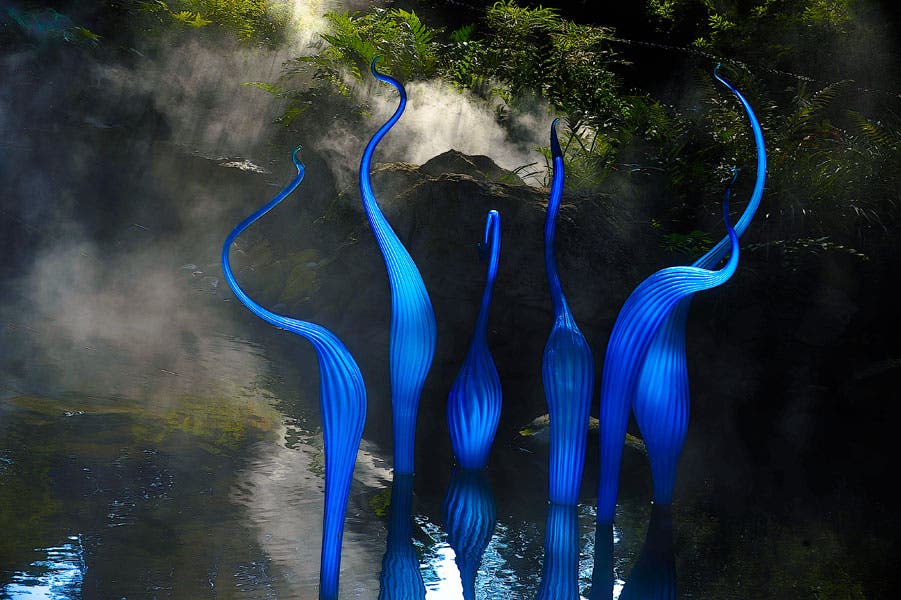
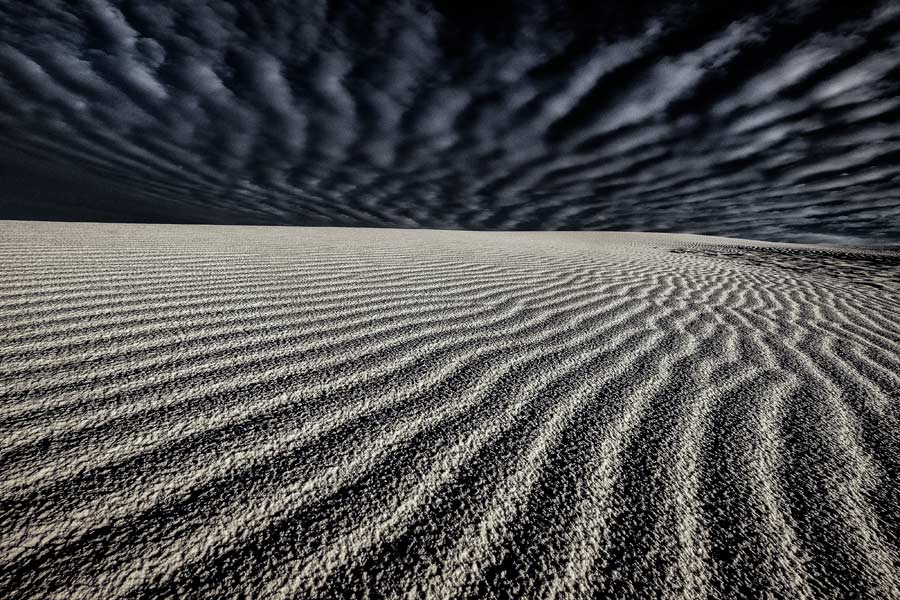
Allows you to maintain any camera placement
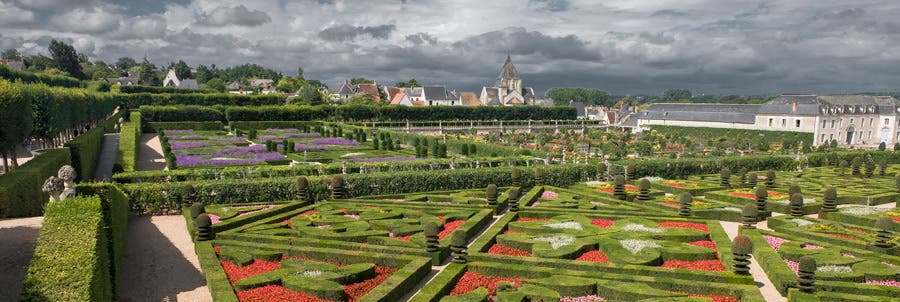
One of the startling advantages I discovered early on is that a tripod made it possible to get shots I could never get without one. With my camera on a tripod, I could position my camera from just inches above the ground to way above eye level, along steep cliffs and over bogs and marshes. Best of all, I could keep my camera there for as long as I wanted, could take some moments off to get a diffuser or other piece of equipment I realized I needed, then return to continue shooting in exactly the same spot.
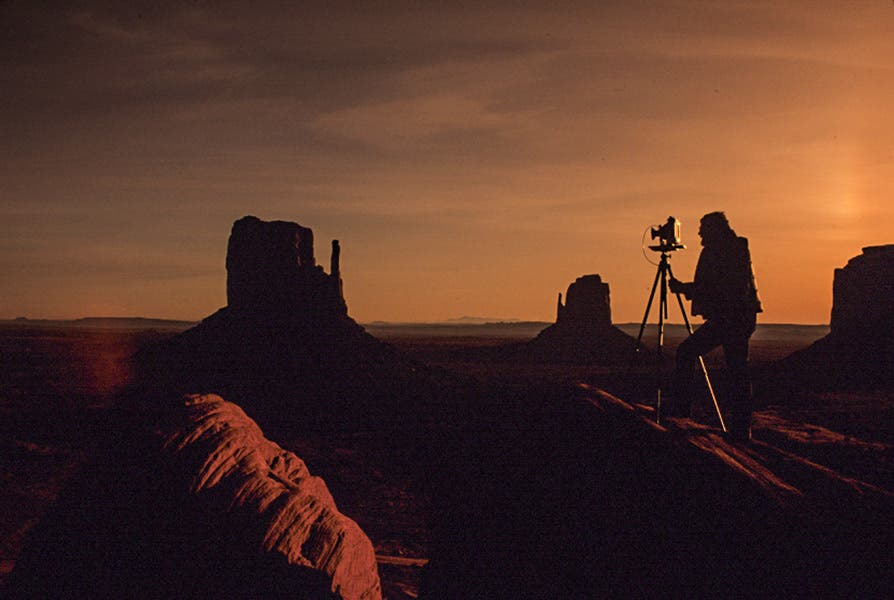
That’s particularly helpful if you want to bracket your shots or do architectural or interior photography, where you’d want two or more shots with slightly different settings. Plus, with the camera fixed, you can take the time to check all your edges and composition without the view shifting as you do it.
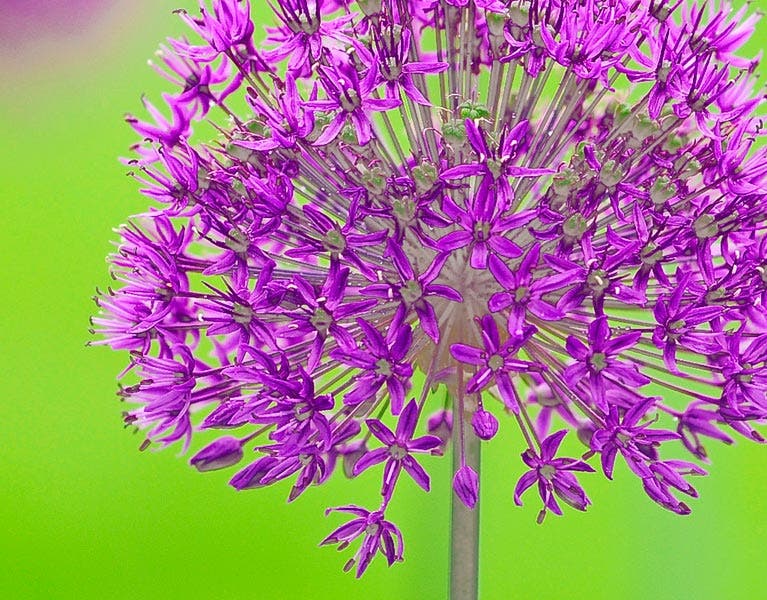
Also, panning is a lot easier when you can keep your camera steady while you turn it to follow a person or animal in motion. Even studio setups for photographing art objects or products work best with the camera mounted on a tripod which then frees you up to fiddle with the lighting, backdrop, or other aspects of your shot. And, of course, a tripod lets you use your camera remotely, a pre-selfie and much nicer way to put yourself in the photo.
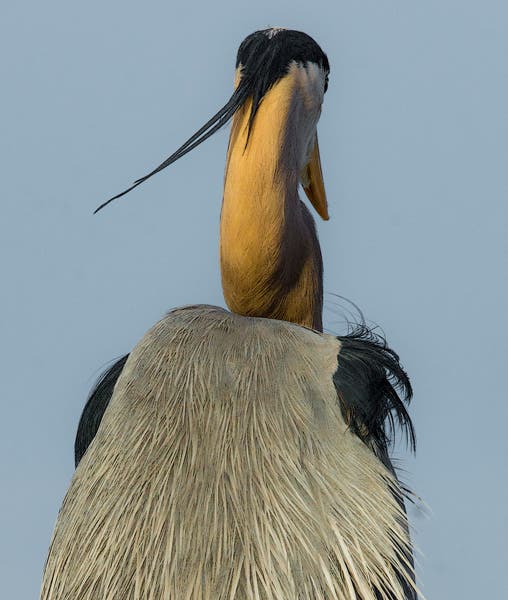 |
 |
For some kinds of shoots, a tripod is an absolute necessity. For example, if you’re interested in photo stacking or HDR—where you take several consecutive shots varying which part is in focus or targeted for exposure—you must mount your camera on a tripod. Similarly, if you want to do time lapse photography or panoramas, it’s much easier to get all the shots you need with a tripod and even easier with a specialized head with marked positions.
Great for low light situations
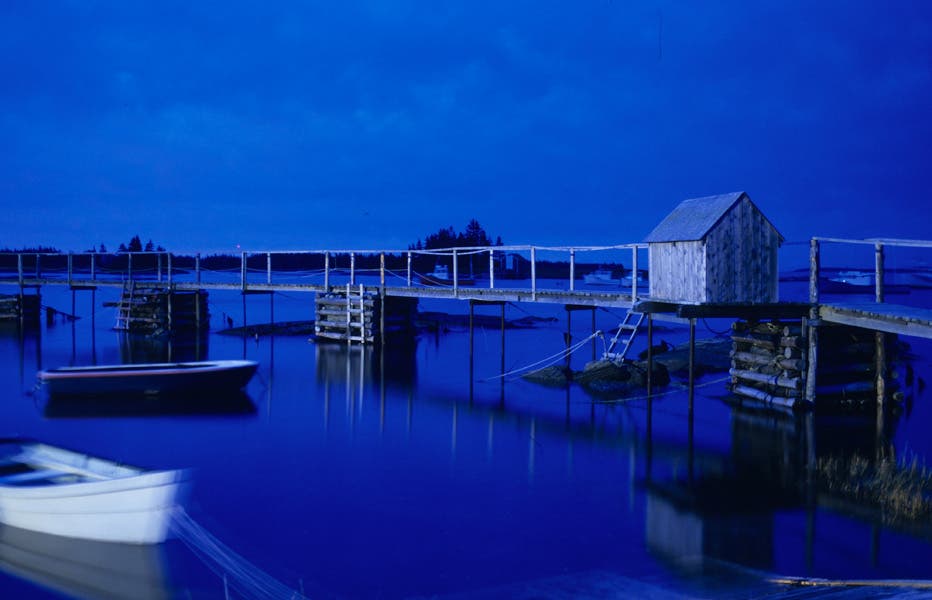
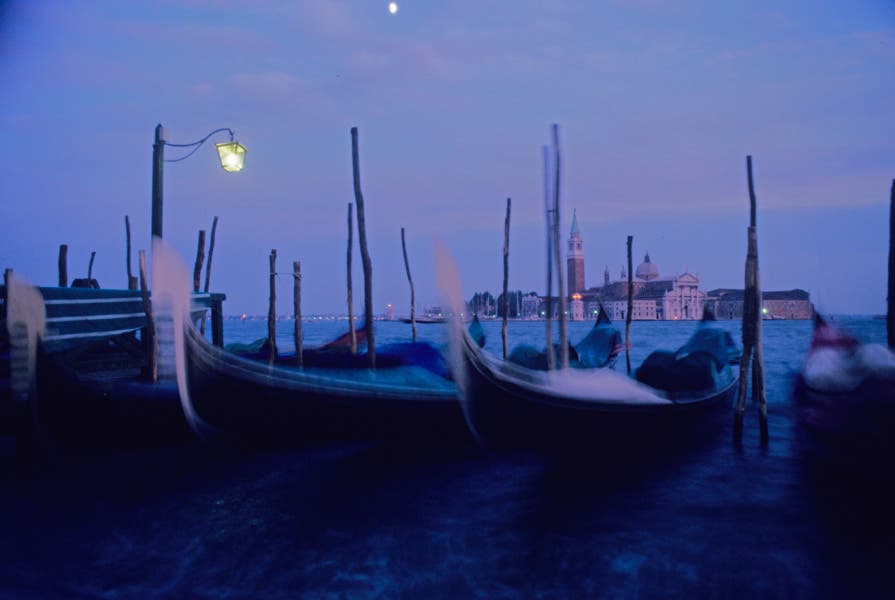
Any time your available light is limited, whether it’s the low light of a cloudy day or the reduced light when using a neutral density filter, you are likely to use a slow shutter speed—and that’s when your tripod earns its keep.
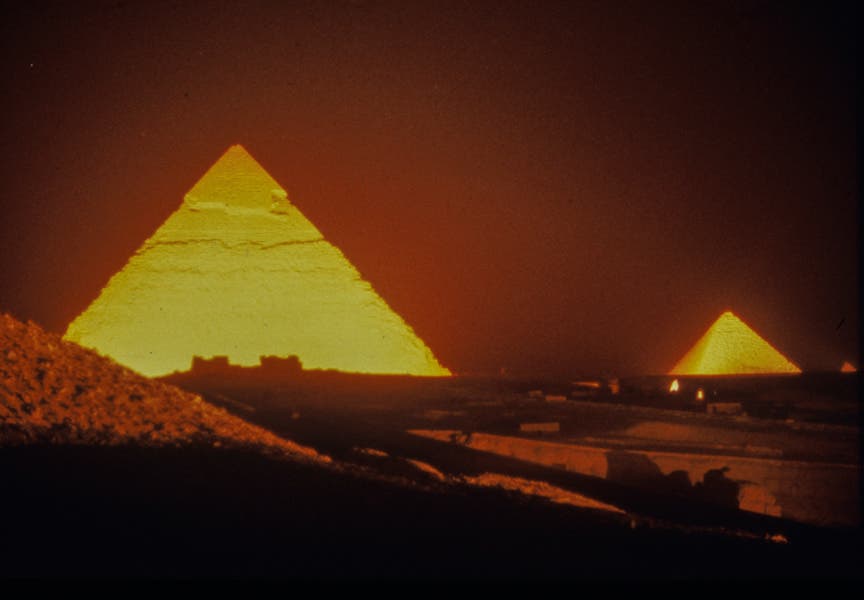
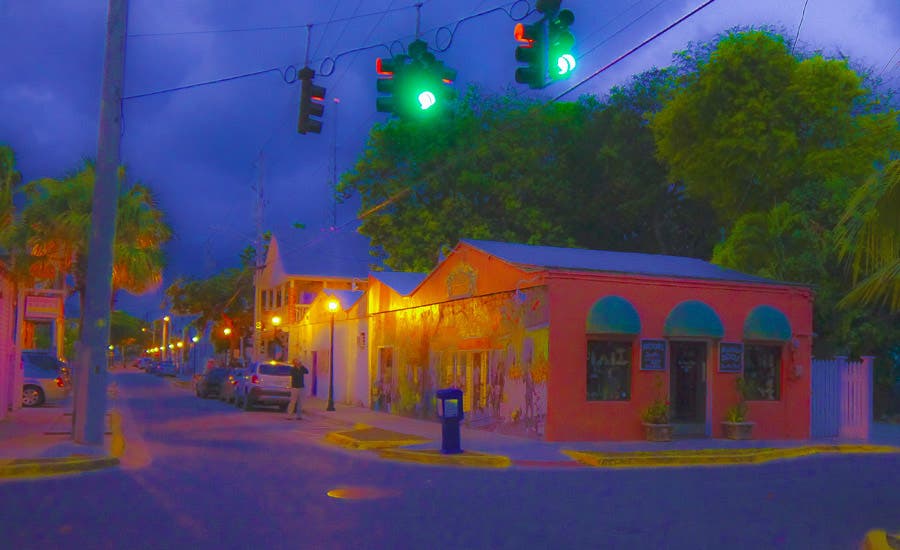
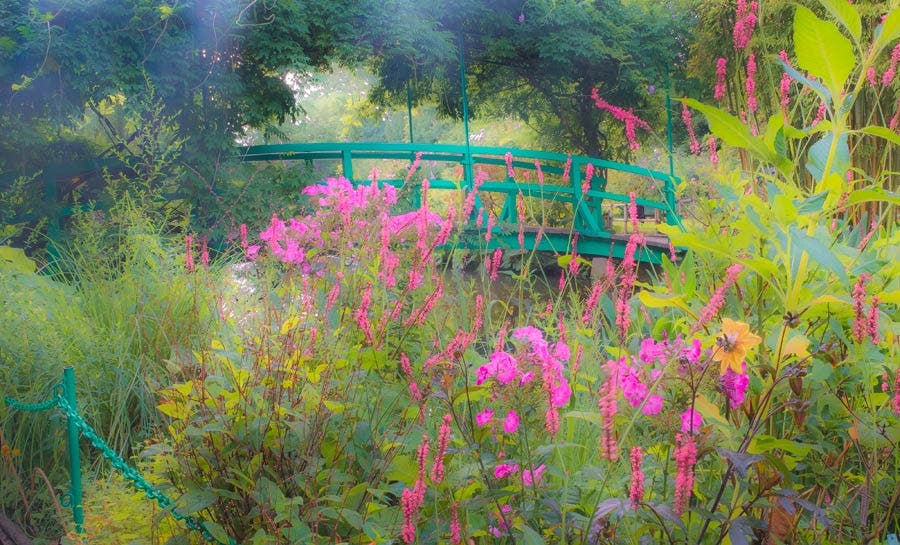
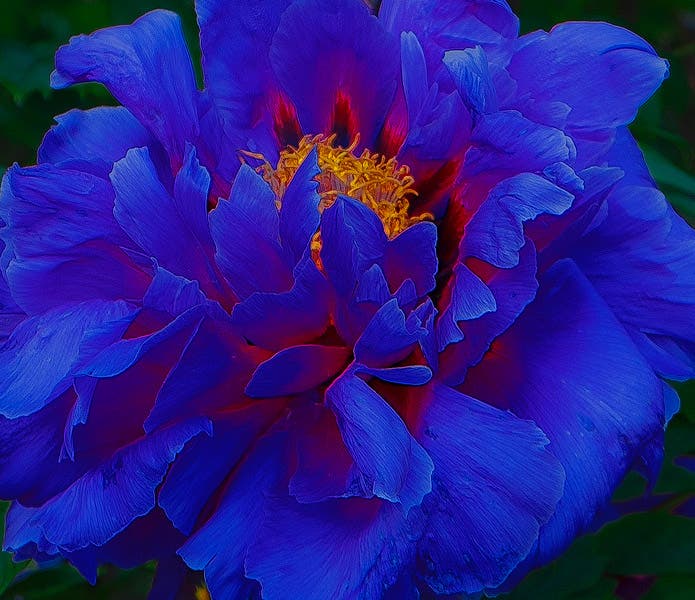
I’ve taken shots of lightning and fireworks with the aperture open for up to XX seconds. Any buildings or structures in the image stay nice and sharp while the pyrotechnics show up nice and bright. On some of my workshops, we even go out to shoot star trails, which can require long exposures of up to XX minutes. With our cameras on tripods, we can break for coffee and cookies while our images are in the works.
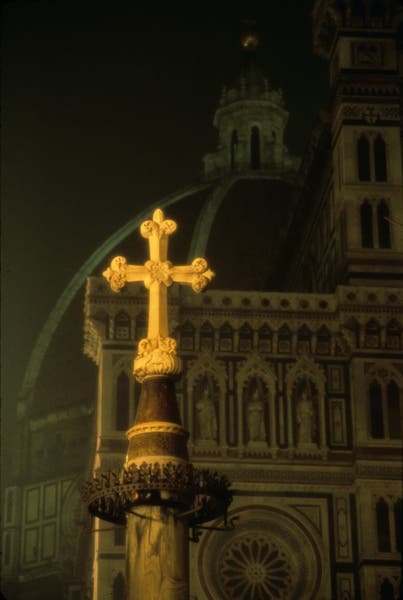 |
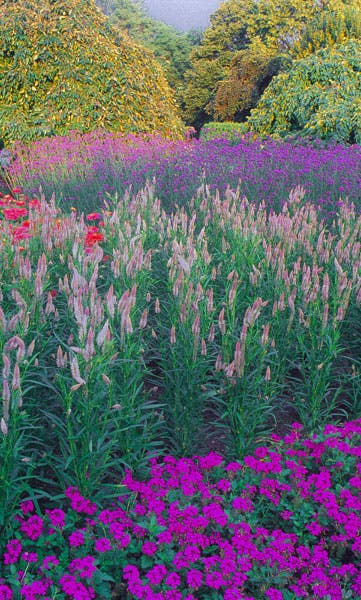 |
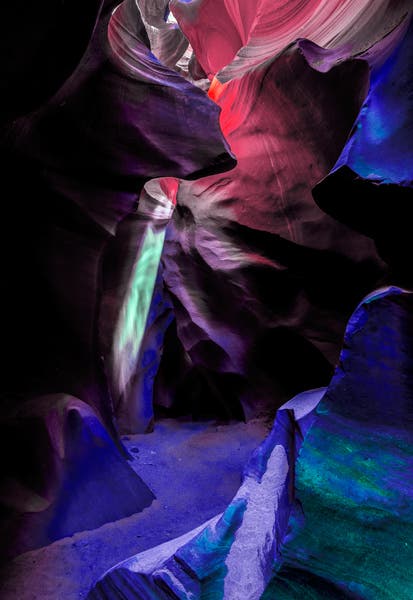
Are there any disadvantages to using a tripod? There are a few.
- It’s hard to take candids of people with your camera on a tripod.
- You won’t be able to move quickly and unobtrusively with a tripod.
- Switching from vertical to horizontal formats, or vice versa, is cumbersome.
- A tripod, even a light one, adds weight and bulk to the gear you’re carrying.
- Some locations do not allow tripods without advance permission.
Despite the disadvantages, having a tripod is a must for any photographer. If you’re looking to purchase a tripod, Manfrotto makes some of the most reliable, feature-packed tripods on the market today. Sirui tripods such as the Sirui T-024X Traveler Light Carbon Fiber Tripod are also highly recommended. For users who want a high-end option that offer speed, durability, and superlative specifications, the Sachtler Flowtech 75 MS 3-Section Carbon Fiber Tripod and other similar products are your best bet.
here are some articles you may want to check out:
- Tripods: Choosing the Right Support for Your Investment
- Best Budget Tripods Under $50
- Tripod Specifications Reference Chart
- Tripod Buying Guide: What Photographers Need to Know
- Tripod Head Buying Guide: What To Look For and Top Products Available
